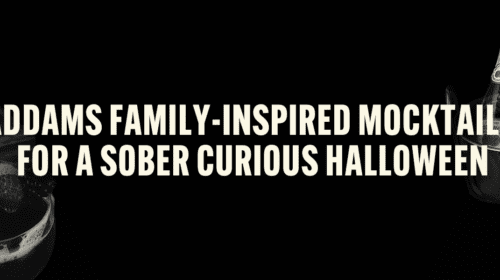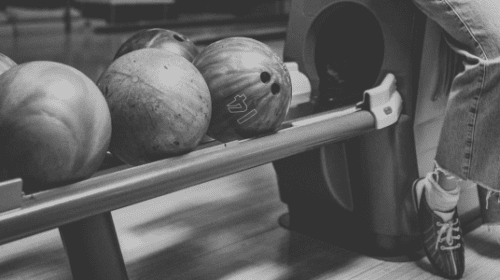Narcan® (the brand-name version of the drug naloxone) has proven to be a lifesaving medication in near-fatal opioid overdoses. As opioid fatalities continue to rise, according to data from the American Medical Association (AMA), thousands more opioid users hover on the brink of deadly overdose each year, and it’s ultimately Narcan that pulls them back. If you’re struggling to help your loved one overcome opioid addiction, it may take longer than you’d like to get them into treatment. In the meantime, knowing the benefits and proper administration protocol for Narcan can help save their life in the event of an overdose.
Who Should Be Prescribed Narcan for Opioid Overdose?
The United States Department of Health and Human Services recommends that patients exhibiting the following risk factors should explore Narcan and overdose education:
- Use of heroin, illicit synthetic opioids, or misusing prescription opioids
- Use of other illicit drugs such as stimulants, including methamphetamine and cocaine, which have a risk of being contaminated with illicit synthetic opioids like fentanyl
- Receiving treatment for opioid use disorder, including medication-assisted treatment with methadone, buprenorphine, or naltrexone
- A history of opioid misuse that was recently released from incarceration or other controlled settings where tolerance to opioids has been lost
The department also recommends Narcan education for patients who are on a high-dose opioid regimen for a pain condition or are taking benzodiazepines, regardless of opioid use.
How Does Narcan Work during Opioid Overdose?
Narcan works by rapidly displacing opioids from opioid receptors in the brain, reversing the respiratory depression caused by an opioid overdose. It is available in various forms, including nasal spray, injection, and auto-injection, and is generally covered by most health insurance plans, Medicare, and Medicaid. You can buy naloxone in many pharmacies, sometimes without bringing in a prescription from a physician. Major pharmacy chains in many areas make naloxone available without a personal prescription. There are also many community-based and harm-reduction programs for users at risk and their loved ones to recognize the signs of overdose and how to respond accordingly.
How Do I Give My Loved One Narcan during an Opioid Overdose?
Narcan nasal spray was developed, in part, to help people administer emergency deployment without any need for formal medical training. It’s the most “user-friendly” form of the drug. Before giving Narcan for opioid overdose, call 911 and follow the overdose protocol. To administer Narcan nasal spray:
- Remove the naloxone nasal spray package
- Peel back the tab with the circle to open the naloxone nasal spray
- Hold the naloxone nasal spray with your thumb on the bottom of the plunger and your first and middle fingers on either side of the nozzle. DO NOT PRIME OR TEST THE SPRAY DEVICE.
- Tilt the person’s head back and provide support under the neck with your hand. Gently insert the tip of the nozzle into one nostril, until your fingers on either side of the nozzle are against the bottom of the person’s nose.
- Press the plunger firmly to give the entire dose of naloxone nasal spray. Remove the naloxone nasal spray from the nostril after giving the dose
If your loved one doesn’t respond within two to three minutes of receiving Narcan, try again. The drug wears off in around 30-90 minutes, so ensure you have a second dose handy while you’re waiting for EMTs to arrive. Keep two naloxone nasal sprays with you at all times. Store naloxone nasal sprays at room temperature (59⁰ to 77⁰ F), away from light. Avoid extreme temperatures. Do not freeze nasal spray. Each spray contains one dose and can’t be reused. Be sure to dispose of any unused supplies safely. Call your doctor or pharmacist for a replacement if your supply has expired.
After Narcan and Opioid Overdose: Helping Your Loved One Get into Treatment
It’s important to realize that overdose can happen again and that you can help your friend or loved one make the most of the second chance they’ve been given by helping them find treatment. This will look different for everyone, depending on relationship dynamics, but an intervention is generally a good place to start if your loved one is abusing opioids. Recovery Unplugged is ready to work with you and your family to guide your loved one toward treatment and help ensure overdose never happens again. Contact us today to learn more about our treatment programs. We’re available 24-7.

























